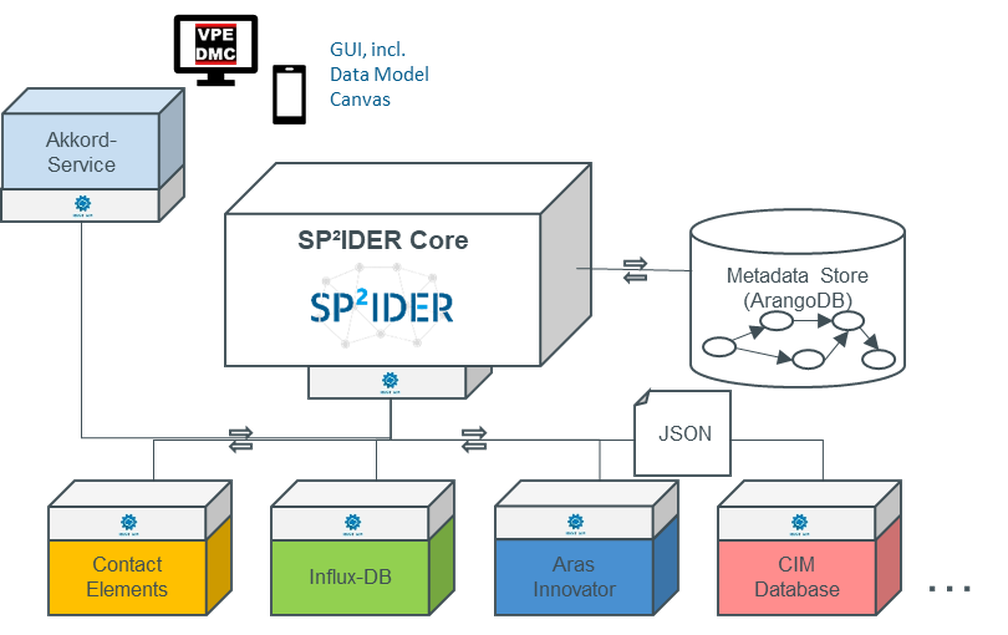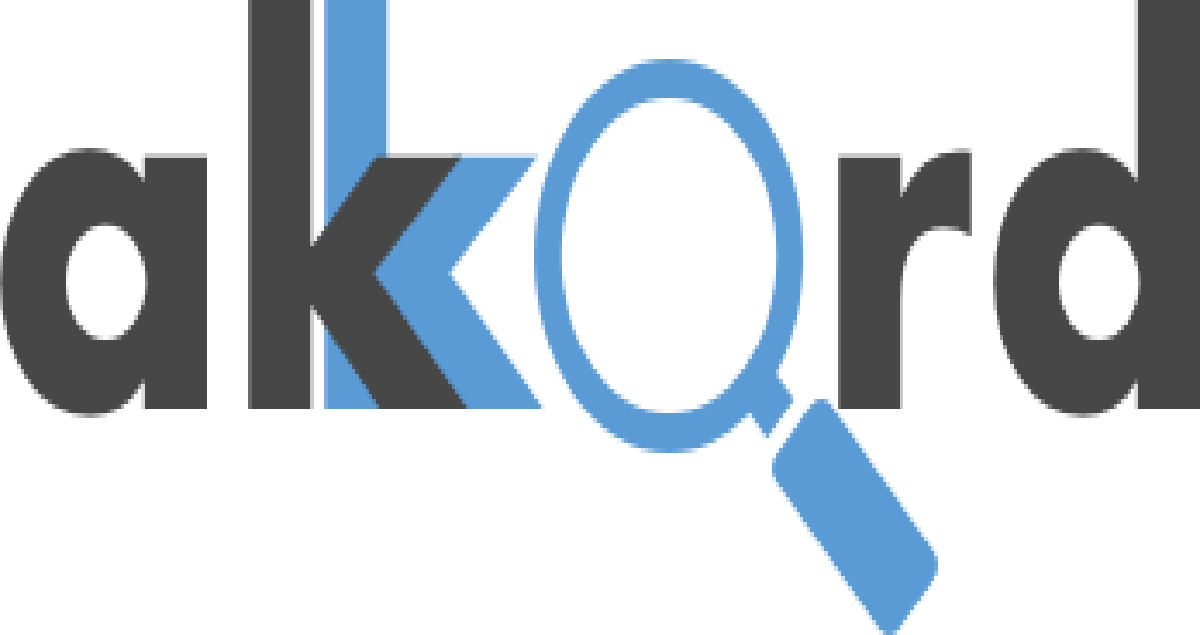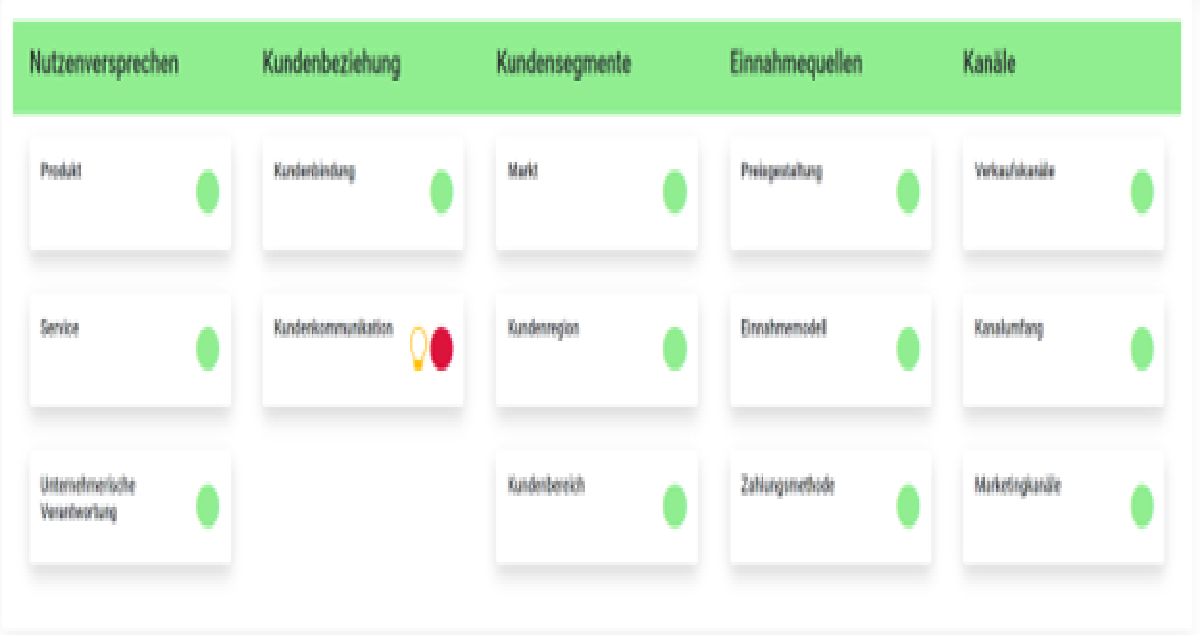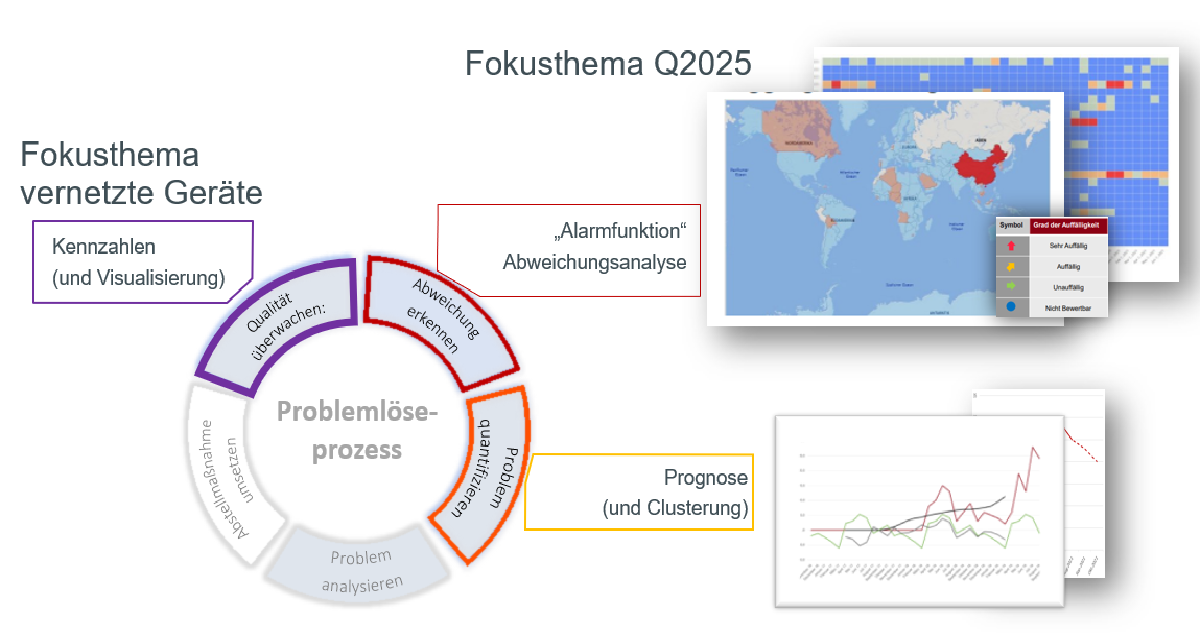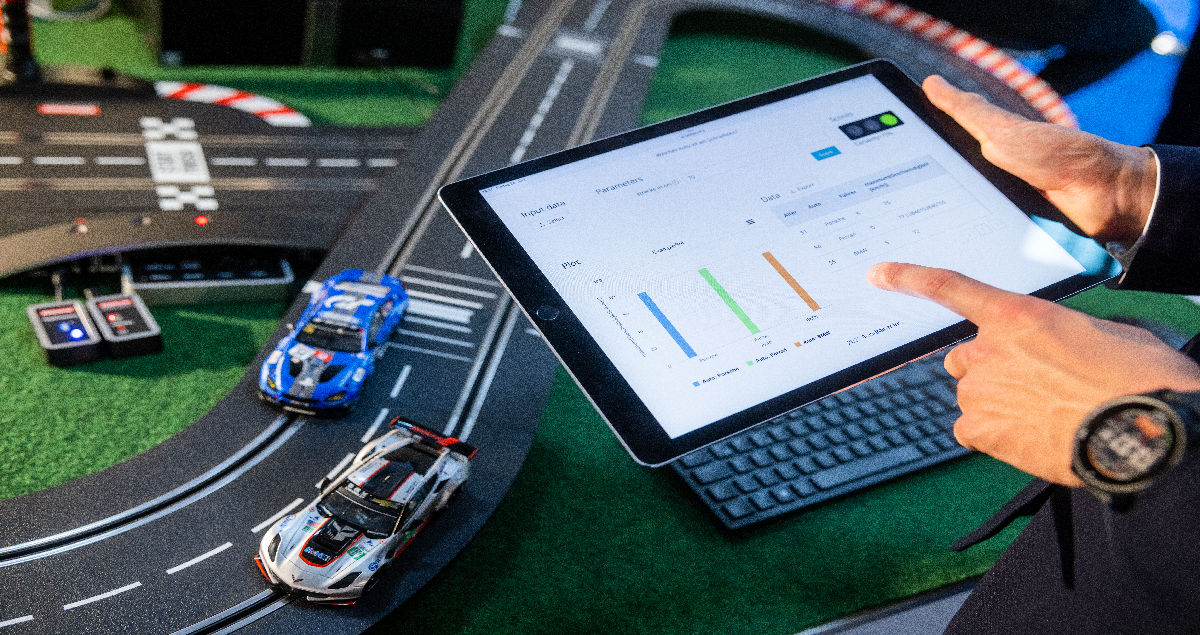First work report from the research area “Development of new collaboration opportunities and business models”
In this research area concepts and solutions for collaborative business model development and adaption on the basis of data analyses are developed. Together with application partners, a conceptual elaboration was developed, which serves as a basis for the functional design of the service area. Prototypical artifacts are developed in close cooperation with the application partners. These artifacts are used for the scientific evaluation of the concepts and serve as a basis for the implementation of software solutions.
Overview of the research area
The research area “Development of new collaboration opportunities and business models” is, analogous to the area described in the previous article “Analysis modules and configuration“, one of the four focal points in the AKKORD joint project.

The framework of this area represents the range of topic of adaptation and development of new business models that can be implemented through new collaborations within the company, but also across company boundaries. There are a variety of definitions for business models, the following summarizes the basic aspects well.
A business model describes the logical operating mode of a company and, in particular, the specific way in which it generates profits. Basically. the description of business models should help to understand, analyze and communicate the key factors of a company’s success or failure (Burkhart et al. 2011).
Thus, the business model summarizes all internal business processes for added value and provides an abstract view that serves as a strategic orientation. In the joint project, mosaiic and the German Research Center for Artificial Intelligence are taking the leading role in developing solutions to adapt existing business models to new problems and to implement the associated changes in the company systematically with the help of suitable change measures.
Involved partners
A close cooperation with the application partners Miele, ERCO and ARENDA makes it possible to consider different business models and their orientation in the conceptual development and thus address the requirements of SMEs and large enterprises. Here, the work is iteratively adapted to the company’s requirements in an agile process model.
The concepts and the software artifacts for the evaluation and adaption of existing business models are implemented by the German Research Center for Artificial Intelligence. The Core of the range of performance is implemented in combination with the change measures, which are collected and developed by mosaiic. The collaboration platform developed by Neocosmo will then support the implementation of the new requirements in the company.
Implementation concept
A prerequisite for the adaptive adjustment of the business model is the evaluation of the existing model on basis of concrete aspects and their impact. The business model Canvas describes a model of blocks that logically divide and represent the different aspects of companies and their strategic directions. Those blocks describe, for example, the relevant partners, required resources, key activities, but also the customer-focused view in terms of sales channels, customer relationships, and customer segments. Such a subdivision simplifies the evaluation of individual areas and thus makes it possible to identify areas within the existing model with potential for improvement.
Due to the different business models of the partners in AKKORD, the concepts created in the project focus on the customer view of the business model, which means that a homogeneous database in form of evaluation texts can be used. The following graphic illustrates the concepts for evaluating the business model schematically.

After identifying problematic areas of the business model, suggestions for improvement are to be provided. Suitable for this purpose are business model patterns, which ware templates with predefined blocks that make it possible to create a new business model, expand it or optimize it in one area. Digitization, for example, is a business model pattern in which existing products or services are converted into digital variants to offer advantages over tangible products. For example, books that were previously sold as paper copies are now made available digitally. This can include additional services such as full-text searches. In the ideal case, the benefit or added value for the customer is fully retained in this business model pattern.
In a further step, the change methods developed by mosaiic, which are necessary for the implementation of concrete business model adaptions or business model patterns, are recommended. Thus, the involved stakeholders are addressed and brought into the dialog. Furthermore, the implementation process is simplified and accelerated by a structured approach.
Conclusion and prospect
In the range of performance, a concept for adapting the existing business model along with a procedure for transforming the company’s internal processes is described. The first prototypes for evaluating the recommendation assistant are currently being implemented. In the current project year, a link between the change measures created by mosaiic and the used business model patterns is to be implemented, which will enable the recommendation of these measures. Furthermore, the communication processes are to be adapted to the collaboration platform implemented by Neocosmo more closely.
Author and Contact Person:

